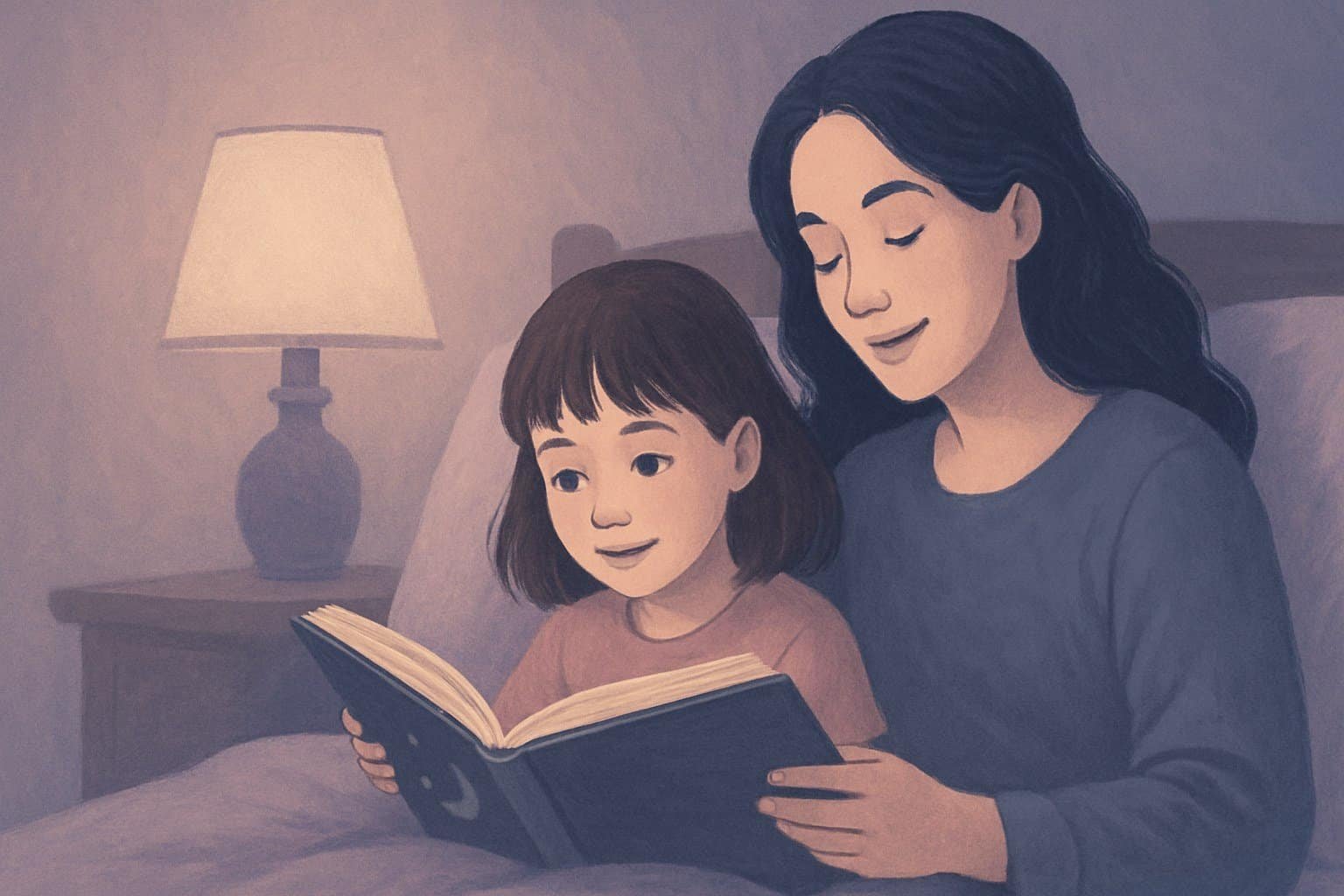Why Reading Aloud Still Matters
Once upon a time, bedtime stories were a sacred ritual—a quiet moment at the edge of sleep when parents and children sank into the warmth of one another’s presence. A book opened. A voice softened. The world slowed down. And something unspoken passed between them: trust, safety, wonder.
But today, in many homes, this ritual is disappearing.
Recent studies show a sharp decline in parents reading aloud to their children, especially among Gen Z parents. Once considered a daily norm, bedtime stories are now often sidelined by screen time, exhaustion, or the perception that reading aloud is simply an educational task. But when we lose this ritual, we’re not just skipping a story—we’re unraveling something essential in the family ecosystem.
Reading Aloud Is Not Just Reading
Reading aloud isn’t merely about decoding words or improving vocabulary. It’s about resonance. When a parent reads to a child, something remarkable happens in the brain: regions linked to narrative comprehension, emotional regulation, and visual imagery all light up. Neural pathways strengthen. Imagination expands. Emotional literacy develops.
In short, bedtime stories help build a child’s inner world.
The Enneagram World of the Child shows how each child’s personality is forming in the earliest years through subtle interactions in the environment. These early bonds—especially the parent-child connection—shape how a child learns to relate to self, others, and the world. Reading aloud offers a unique moment for this attunement to deepen.
The Bedtime Story as Mirror and Bridge
For the nine-year-old, a bedtime story may offer a sense of harmony and reassurance. For the four, it becomes a portal into feeling seen in their inner uniqueness. The six finds safety in the predictable rhythm, while the seven-year-old delights in the imaginative escape. Each Enneatype responds differently, but all benefit.
Parents, too, gain something irreplaceable: insight. A child’s questions, emotions, or silence during a story reveal parts of their world that might go unnoticed. “Why did the dragon run away?” may not be about the dragon at all. These exchanges are not incidental. They’re windows into the child’s soul.
Co-Regulation and Emotional Resonance
Reading aloud allows for co-regulation, where the nervous systems of parent and child synchronize. Tone of voice, pauses, facial expressions—these are not just communication techniques. They’re effective bridges. A parent’s calm presence helps a child learn to calm themselves. Emotional depth is transmitted not by explanation but by presence.
This kind of intimacy is revolutionary in an era when attention is fractured and connection is often outsourced to digital devices.
Reclaiming the Ritual
This isn’t about perfection. You don’t need to read for hours or choose the “right” book. It’s about reclaiming a space in the day when nothing needs to be achieved—only shared.
- Ten minutes of reading is enough to spark a lifetime of inner storytelling.
- A single story can become a child’s anchor in times of stress.
- A familiar voice, returning each night with a tale, becomes the echo of love itself.
Let the Last Words Be Love
Bedtime stories are part of the ecosystem that nurtures self-trust, emotional resilience, imagination, and belonging. In the early stages of ego development, before identity becomes fixed, these moments of resonance shape the ground from which the child’s inner self emerges.
In the Enneagram World of the Child, we return to what matters: behavior and being.
So tonight, open the book, let the story unfold, and let your voice carry not just words but warmth, presence, and wonder.
It might be the most important thing you do all day.
